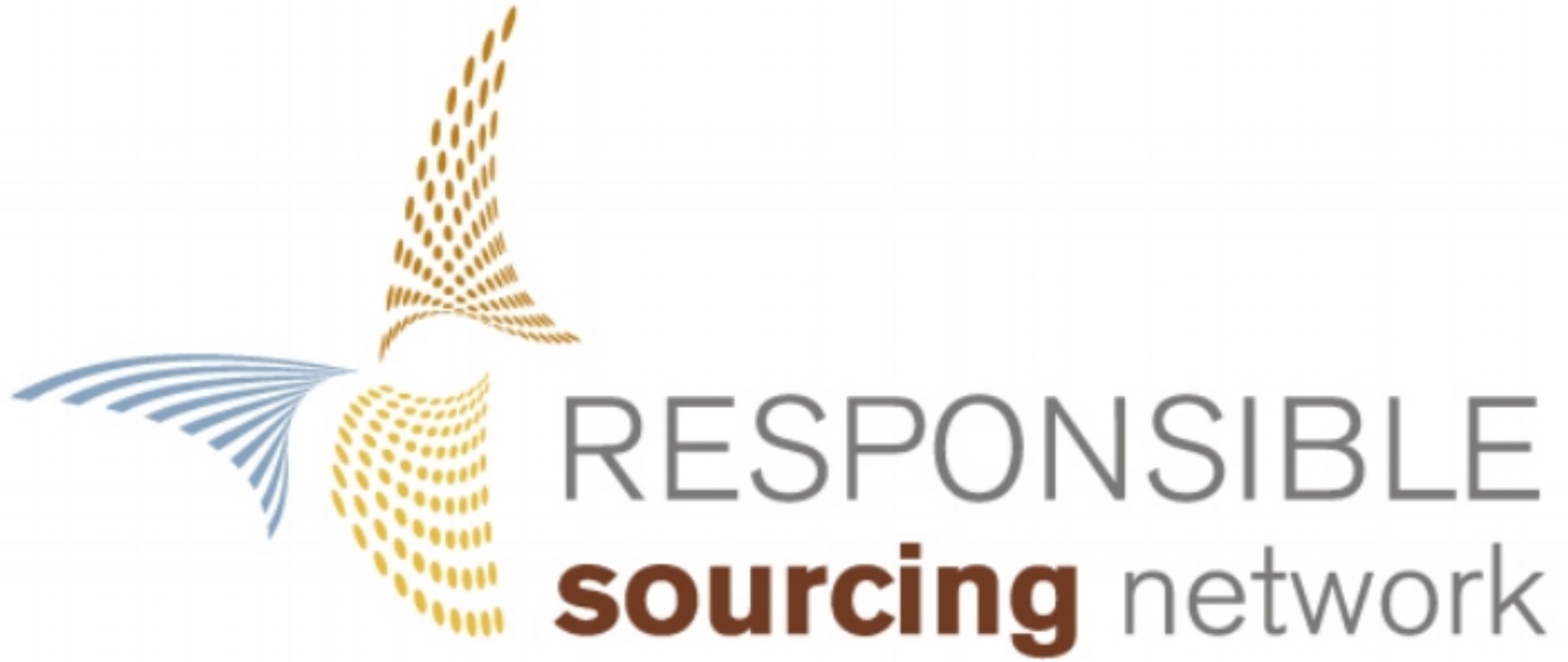U.S. DoC Smelter and Refiner List Brings More Transparency to the 3TG Supply Chain
In early September, the U.S. Department of Commerce published a list of more than 400 smelters and refiners located around the world. This list, published in response to a requirement in Dodd-Frank Section 1502 on Conflict Minerals (1502), identifies smelters and refiners of tin, tungsten, tantalum and gold—the “3TG” minerals.
As a part of 1502, different U.S. Government institutions, including the Government Accountability Office (GAO), Securities and Exchange Commission (SEC) and Commerce Dept., were given specific roles to help carry out the intention of the law—to increase conflict free mineral sourcing from the Democratic Republic of the Congo (DRC) and surrounding region. Last year, as part of its mandate, the GAO published a report detailing progress made by the different government institutions to be in compliance with 1502. The Commerce Dept. was criticized for failing to meet its January 2013 deadline to issue a list. In response to the GAO report, “Commerce concurred with the GAO’s recommendations and noted that it will submit a listing of all known conflict minerals processing facilities worldwide to Congress by September 1, 2014.”
Nearly making this deadline, the Commerce Dept.’s International Trade Administration (ITA) agency presented the list to Congress September 5, 2014. Using data from the U.S. Geological Survey and supplemented by other compiled lists of conflict minerals smelters, this list highlights a range of large and small-scale smelters and refiners throughout the world in locations such as Australia, China, Brazil, and Russia.
This list is intended to help downstream companies identify the facilities that make up the critical “choke point” in the 3TG supply chain. The smelter and refiner level is the step in the supply chain where one can discern the country of origin and mine of origin of 3TG because it is at this processing step that the raw ores are transformed into refined metals.
Ideally, this list would have also provided information as to which facilities source from DRC and the surrounding region and which have been certified as “conflict-free” to better assist companies in their 3TG supply chain due diligence efforts. Unfortunately, staff at the Commerce Dept. stated that they did not “have the ability to distinguish such facilities.” Thus companies must continue to rely on independent initiatives like the Conflict Free Smelter Program, which is managed by the Conflict-Free Sourcing Initiative to obtain such information.
Although this due diligence information would have been a useful addition to the list, the list itself is still a valuable tool and an important source of information in the effort to make the 3TG supply chain more transparent, accurate, and accountable.
